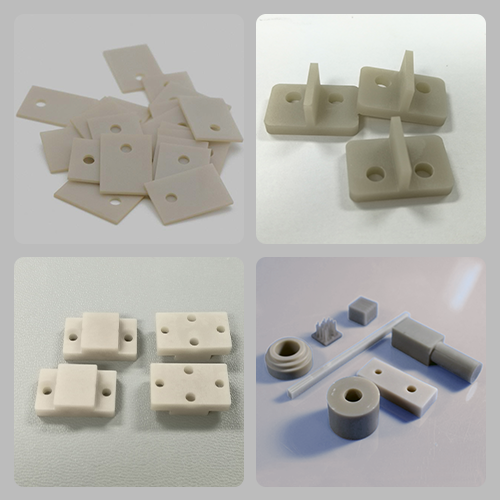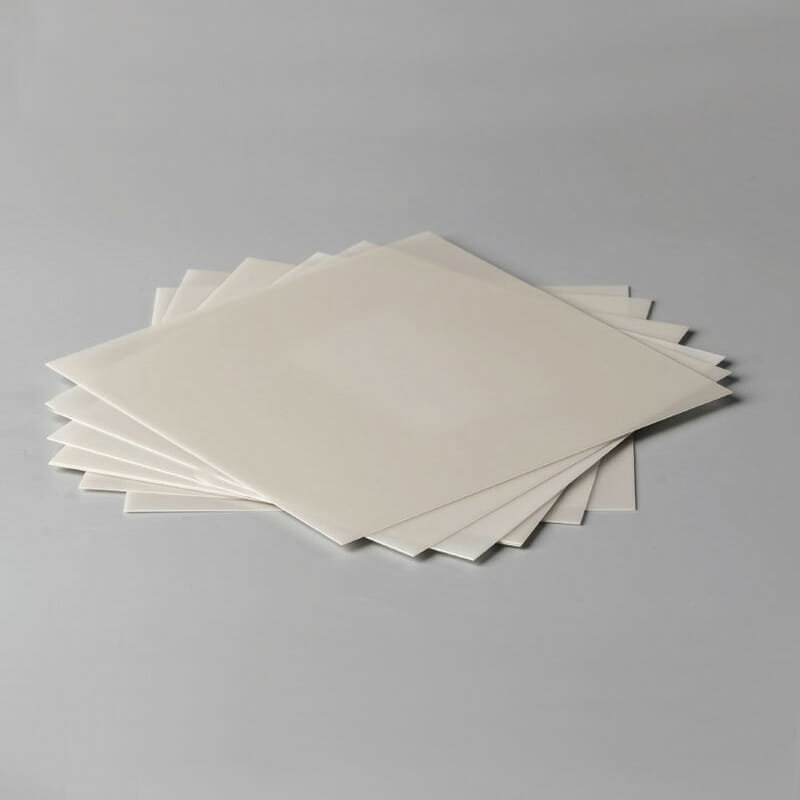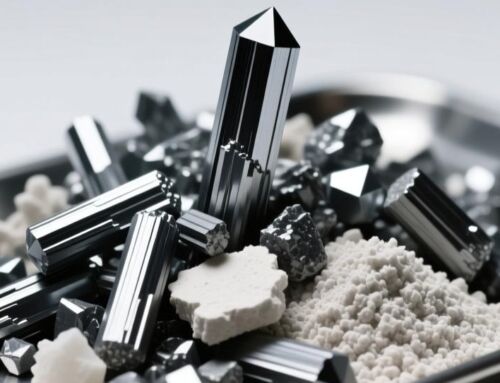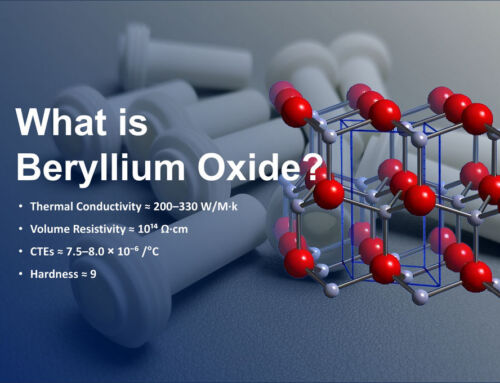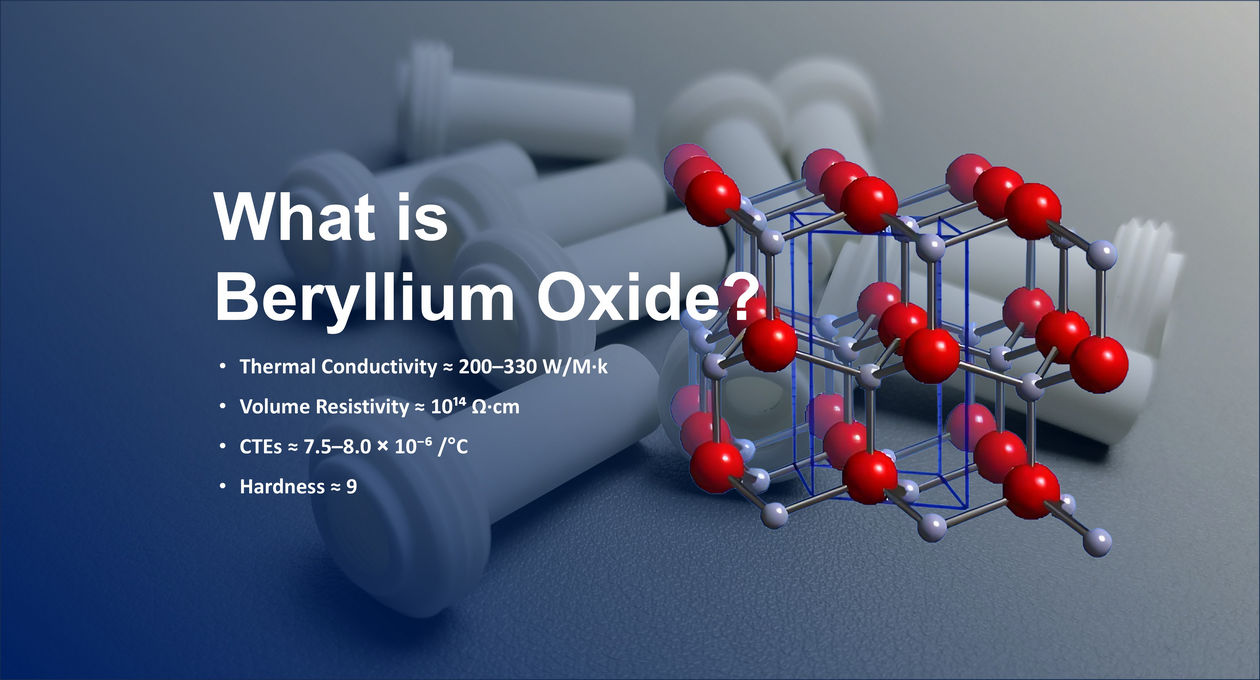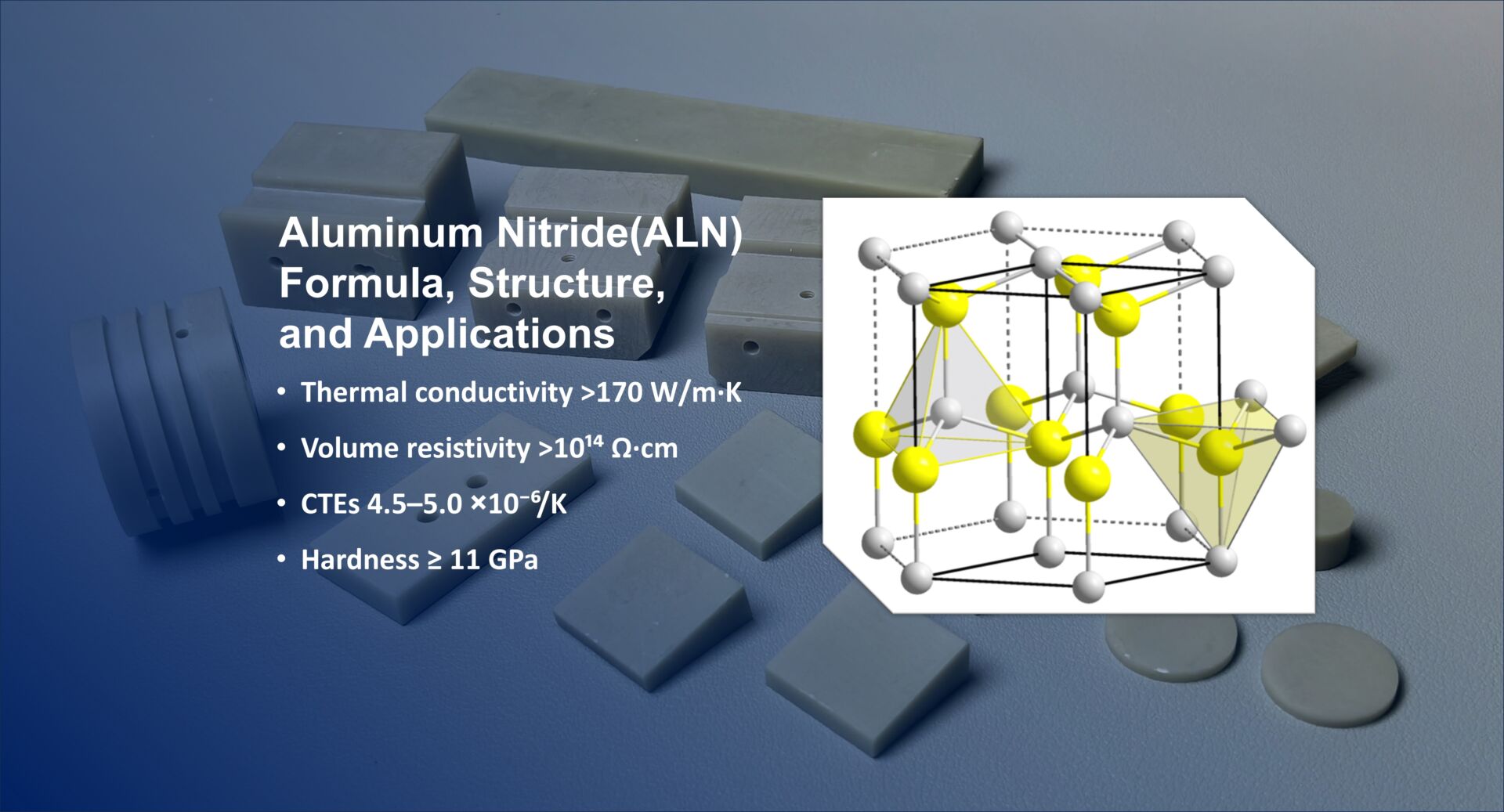Introduction
Aluminium nitride (AlN) is a pivotal material in modern advanced ceramics and electronic applications due to its exceptional thermal conductivity, high electrical resistivity, and remarkable stability at elevated temperatures. This article provides a comprehensive technical analysis of the formula of aluminium nitride, exploring its chemical and molecular structure, properties, and applications.
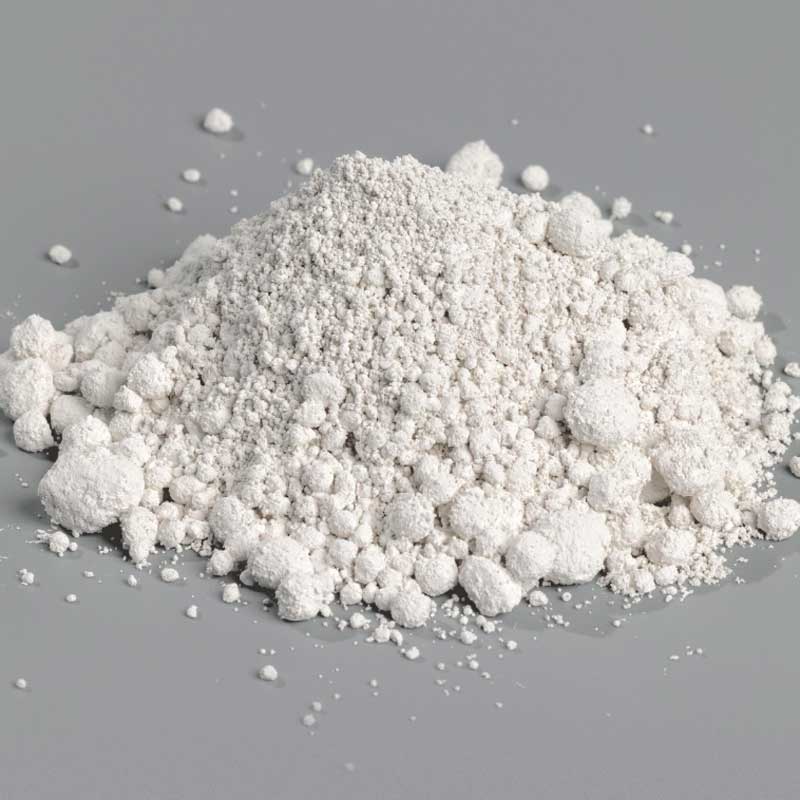
Chemical and Molecular Formula of Aluminium Nitride
The chemical formula of aluminium nitride is AlN, denoting a compound composed of aluminum (Al) and nitrogen (N) in a 1:1 stoichiometric ratio. The aluminum nitride formula signifies a direct and simple binary compound, integrating elements from group 13 (aluminum) and group 15 (nitrogen) of the periodic table. This combination results in a robust and thermally stable material suitable for various high-performance applications.
Structure and Bonding in Aluminium Nitride
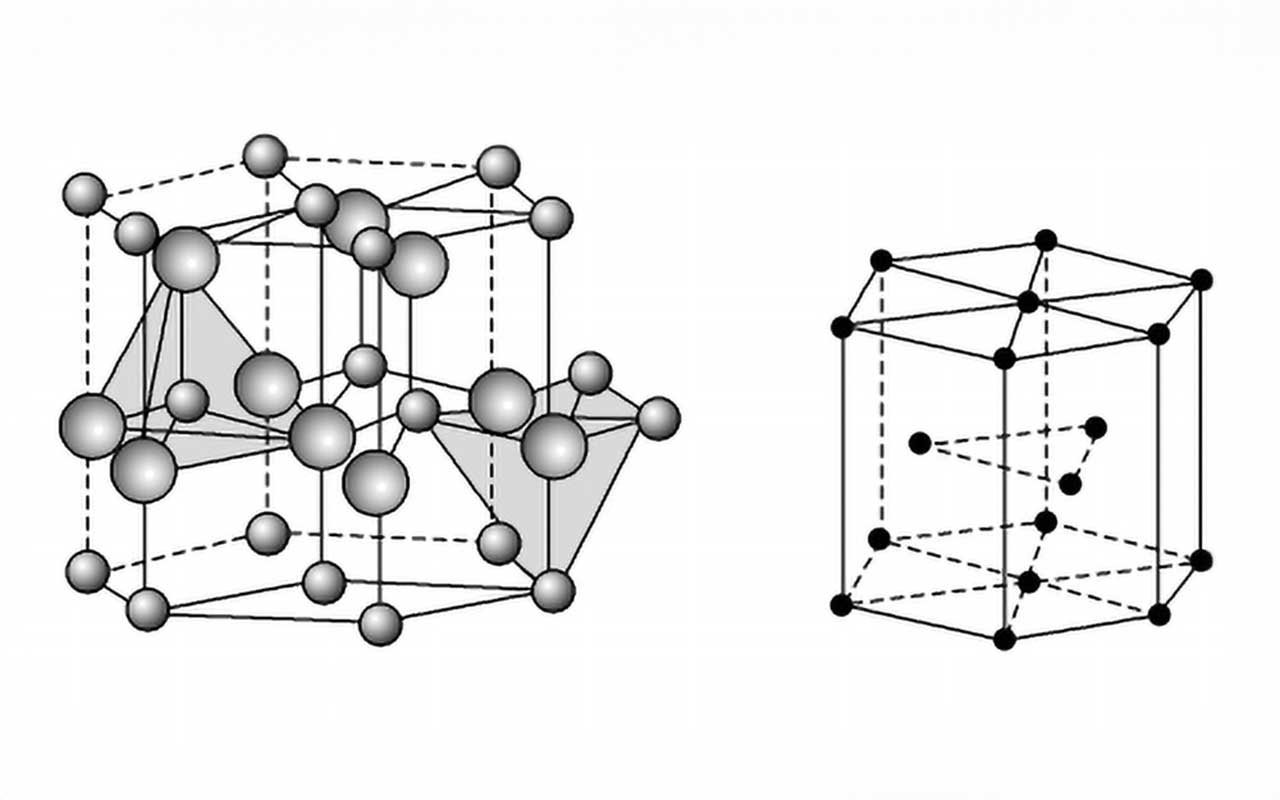
Crystal Structure
Aluminium nitride crystallizes in the wurtzite structure, characterized by a hexagonal lattice system. This crystalline arrangement contributes to its excellent thermal and electrical properties, making it highly sought after in electronic applications. The aluminum and nitrogen formula reflects the simplicity of this crystalline structure, where each aluminum atom is tetrahedrally coordinated to four nitrogen atoms.
Lewis Structure and Bonding
The AlN Lewis structure reveals the nature of bonding between aluminum and nitrogen atoms. In this structure, aluminum donates three electrons to nitrogen, forming a stable ionic bond. However, there is also partial covalent character due to the sharing of electrons, highlighting the dual ionic-covalent nature of the AlN compound. Understanding the aluminum nitride Lewis structure is crucial for comprehending its bonding and electronic properties.
Physical Properties
Thermal Conductivity
One of the most notable properties of aluminium nitride is its high thermal conductivity, typically around 170-220 W/mK. This makes it an excellent material for thermal management in electronic devices, where efficient heat dissipation is critical.
Electrical Properties
Aluminium nitride exhibits high electrical resistivity, making it an excellent electrical insulator. This property is essential for substrates in electronic applications, where isolation of electronic components is required.
Melting Point
The AlN melting point is approximately 2200°C, which is relatively high compared to many other ceramics. The melting point of AlN indicates its ability to maintain structural integrity at elevated temperatures, which is particularly beneficial in high-temperature applications.
Chemical Properties
Stability and Reactivity
Aluminium nitride is chemically stable in inert and reducing atmospheres up to its melting point. However, it can hydrolyze slowly in water, releasing ammonia and aluminum hydroxide. The chemical stability of AlN makes it suitable for applications in harsh environments.
Ionic or Covalent Nature
Aluminium nitride exhibits both ionic and covalent characteristics. The chemical formula of aluminium nitride (AlN) showcases this dual nature, with the aluminum-nitrogen bond displaying a mix of ionic and covalent properties. This question, "Is aluminium nitride ionic or covalent?" is often posed in the context of understanding its chemical behavior.
Applications of Aluminium Nitride
Electronic Substrates
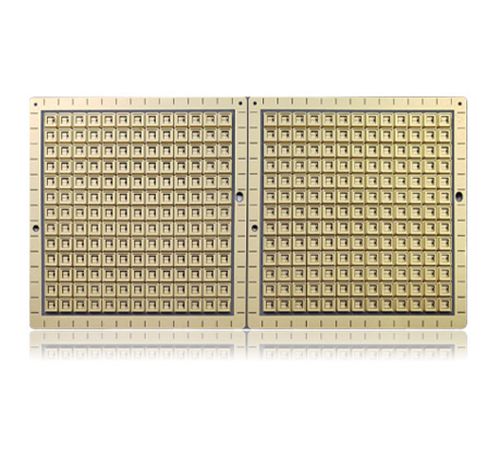
Due to its high thermal conductivity and electrical insulating properties, AlN is widely used as a substrate material in electronic circuits, particularly in high-power and high-frequency applications. The chemical formula for aluminium nitride underpins its suitability for these demanding roles.
Optoelectronic Devices
Aluminium nitride is utilized in optoelectronic devices such as LEDs and laser diodes. Its ability to efficiently dissipate heat and provide electrical insulation is crucial in these applications.
Heat Sinks and Thermal Management
The molecular formula of aluminium nitride (AlN) enables it to serve as an effective heat sink material, particularly in semiconductor devices where thermal management is critical to performance and longevity.
Conclusion
In conclusion, the formula of aluminium nitride (AlN) represents a compound of significant technical importance. Its chemical formula for aluminium and nitrogen captures a simple yet effective structure that underpins its diverse applications in electronics, optoelectronics, and thermal management. By understanding the aluminum nitride formula and its associated properties, researchers and engineers can better leverage this material in developing advanced technologies.

